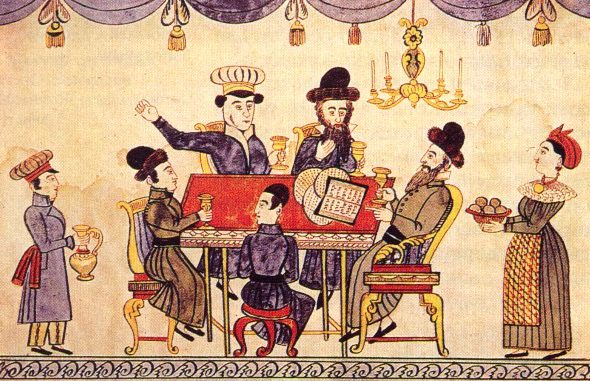
Reading the Haggada is considered one of the most important rituals for Jews during the celebration of Pesach, the Jewish Passover. It is the story of their exodus from Egypt, where they were enslaved by Pharaoh. For two thousand years, this story has been told to successive generations who pass it on to celebrate this emancipation.
The term “Haggada”, which means “history”, is a text in ancient Hebrew, considered to be one of the founding texts of the Jewish religion. Jews read it while they perform the ritual of the “Seder”, the family meal, which is no less important than the rest of the Passover ritual, and without which the ceremonies will not be complete, especially since it speaks of what must be done during the reading.
Thus, the reading must be accompanied by certain foods on the family “Seder” table, which carries many symbolic meanings, the most important of which is this bitter spring plant, whose presence refers to the bitterness of slavery.
The Haggada, or history, revolves around the stages that the Jews went through during their expatriation from Egypt and their transit towards the freedom they were able to regain thanks to their prophet Moses, peace be upon him. It is a story that celebrates emancipation, through which they pass on the collective memory of the Jewish people through the generations, to remember and not to forget.
If the reading of the Haggada is an invitation to remember, it is also a moment of meditation, inner liberation and individual emancipation from sins and deviant behavior that the individual can carry within him or herself.




Be the first to comment